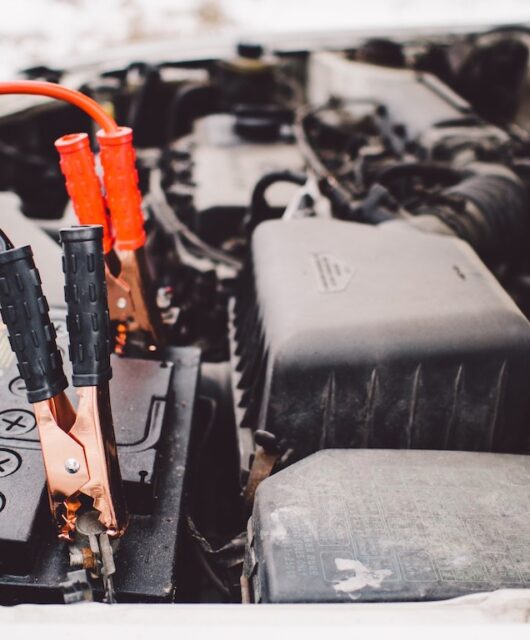Safe and Efficient Towing: A Guide to Weight Distribution Hitches

Key Takeaways
- A weight distribution hitch helps ensure stable and safe towing.
- Proper installation and maintenance are crucial for hitch performance.
- This guide covers weight distribution hitches’ benefits, usage, and maintenance.
What is a Weight Distribution Hitch?
A weight distribution hitch distributes a trailer’s weight evenly across the towing vehicle’s frame, ensuring a level ride and preventing rear axle sagging. This balance is crucial for steering and braking control. A good weight distribution hitch can significantly enhance driving dynamics, making your towing experience safer and more predictable.
Weight distribution hitches are crucial for towing heavy loads or long trailers, as uneven distribution can cause rear dipping, reduced traction, and increased strain on rear tires and suspension. Using a weight distribution hitch ensures more even load distribution, improving stability and control, making it essential for short and long hauls.
Benefits of Weight Distribution Hitches
- Enhanced Safety: Weight distribution hitches improve safety by preventing trailer sway, a dangerous phenomenon where the trailer moves uncontrollably. It ensures alignment between the tow vehicle and trailer, reducing the risk of accidents.
- Improved Towing Performance: Weight distribution hitches enhance towing performance by providing better traction, effective steering, and braking while reducing wear and tear on suspension, tires, and brakes, thereby prolonging their lifespan.
- Legal Compliance: Legal compliance is crucial for heavy load towing, with weight distribution systems required in many jurisdictions. Using a weight distribution hitch ensures compliance, avoids fines, and improves road safety.
How to Install a Weight Distribution Hitch
Installing a weight distribution hitch can initially seem daunting, but following the correct steps can simplify the process:
- Measure the height: Before attaching the trailer, measure the height of the front and rear of the tow vehicle. These measurements will help you adjust the hitch to maintain a level height once the trailer is hitched.
- Attach the hitch head: Connect the hitch head to the shank. Depending on your trailer’s weight, you might need to adjust the hitch head angle to ensure proper weight distribution.
- Insert the shank: Place the shank into the hitch receiver on the towing vehicle’s frame. Fasten it with a hitch pin and clip to prevent it from sliding.
- Position the spring bars: Attach the spring bars to the hitch head and connect them to the trailer’s frame brackets. These bars help distribute the weight evenly between the trailer’s two axles and the tow car’s.
- Tighten all bolts: Ensure that all bolts and connections are securely tightened. Double-check each component to guarantee everything is fixed correctly and ready for the road.
If you need more detailed instructions, resources provide comprehensive guides that can walk you through each step of the installation process.
Maintenance Tips for Weight Distribution Hitches
Routine maintenance is essential to guarantee your weight distribution hitch’s lifetime and optimum functionality. Here are some crucial pointers:
- Regular Inspections: Before each trip, inspect all hitch components, including the hitch head, spring bars, and frame brackets, for signs of wear or damage to prevent potential issues from escalating.
- Lubrication: Regular lubrication of pivot points and ball mounts is crucial for smooth operation, reducing friction, and preventing excessive wear and tear on hitch components.
- Cleaning: Maintain a clean hitch free of dirt, debris, and road salt to prevent rust and corrosion. Wipe down components after use and check for rust signs for improved appearance and reliability.
- Professional Servicing: Regularly inspect your hitch by a professional for optimal performance, mainly if you frequently use your towing setup or handle heavy loads.
Common Mistakes to Avoid
Even seasoned towers can make mistakes. Here are some common pitfalls to steer clear of:
- Incorrect Hitch Setup: Improper hitch adjustment can cause sway and instability, so follow the manufacturer’s instructions, adjust based on trailer weight and size, and regularly check for safe towing.
- Ignoring Weight Limits: Overloading your hitch or towing vehicle’s weight capacity can be dangerous. It puts excessive stress on the car and can potentially lead to failures and accidents. Always be aware of weight limits.
- Skipping Maintenance: Regular hitch maintenance is crucial for safety and longevity, as it prevents unexpected issues and ensures a consistent towing routine.









